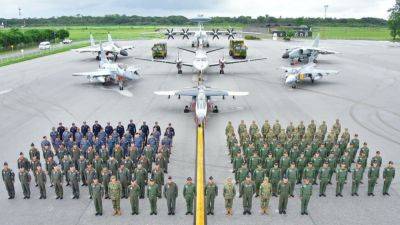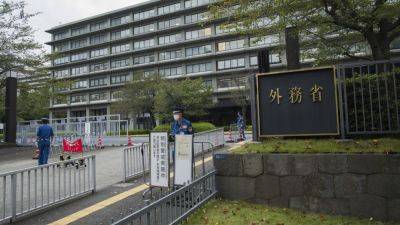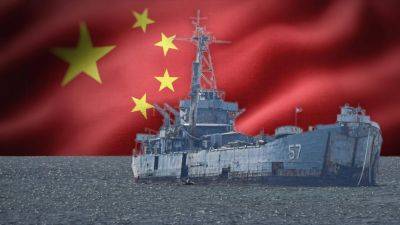Malaysia as 2025 Asean chair: a test of diplomacy, regional cohesion – and its China ties
Tough issues are sure to crop up during its tenure, said Thomas Daniel, a senior fellow at the Institute of Strategic and International Studies in Malaysia.
“Malaysia will require no small amounts of deft, proactive diplomacy to manage these issues in a way that positively pushes the needle forward where possible, avoids any kind of regression, and emphasises both Asean’s interests and cohesion,” he told This Week in Asia.
Joanne Lin Weiling, an associate senior fellow at the ISEAS-Yusof Institute in Singapore, noted the traditional role Malaysia has played in promoting regional diplomacy.
The country’s recent application to join Brics was welcomed by Beijing, which said it seeks “like-minded partners”.
Former Foreign Minister Saifuddin Abdullah was a vocal advocate for a stronger Asean response to Myanmar and previously met with representatives of the National Unity Government, a shadow administration that opposes the ruling military junta.
China has been Malaysia’s top trading partner since 2009, with bilateral trade reaching US$98.8 billion last year, accounting for 17 per cent of the Southeast Asian nation’s total trade.
While Malaysia’s Asean chairmanship and interest in Brics both reflect its aim to promote economic and political cooperation, Dinarto said the objectives and dynamics of the two differ significantly.
Chairing Asean allows Malaysia to reaffirm its role as a key regional player after the years of political upheaval that followed the Umno-led Barisan Nasional coalition being ousted in the 2018 elections. By contrast, joining Brics represents a strategic move to strengthen ties with rising powers like China, India, and Russia amid rising geopolitical tensions between Beijing and the West.
“Overall, Malaysia’s







